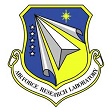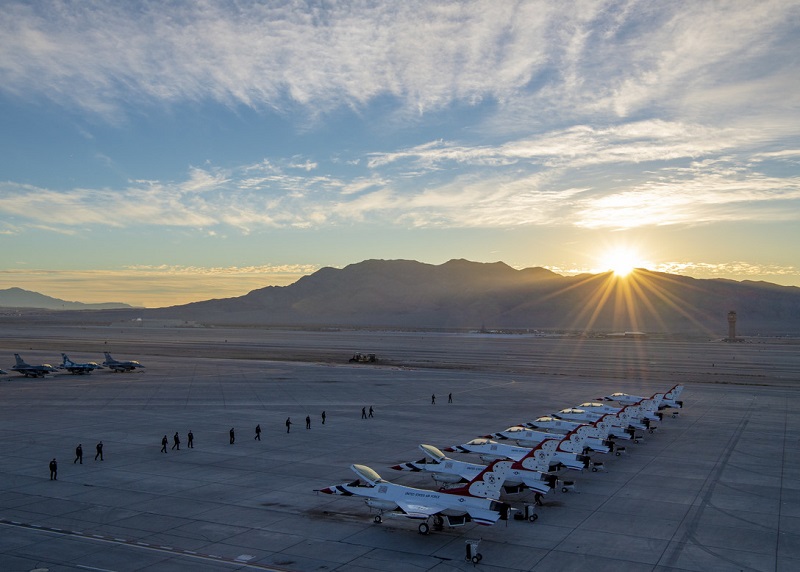AFRL posts Knowledge Aided GEOINT Latency Reduction BAA
 On December 18, the Air Force Research Laboratory posted a broad agency announcement for Knowledge Aided GEOINT Latency Reduction (KAGLR) (BAA NUMBER: BAA FA8750-17-S-7004). To maximize the possibility of award in FY19, AFRL recommends that white papers be submitted by 3:00 p.m. Eastern on June 29, 2018.
On December 18, the Air Force Research Laboratory posted a broad agency announcement for Knowledge Aided GEOINT Latency Reduction (KAGLR) (BAA NUMBER: BAA FA8750-17-S-7004). To maximize the possibility of award in FY19, AFRL recommends that white papers be submitted by 3:00 p.m. Eastern on June 29, 2018.
The Air Force Research Laboratory is soliciting white papers under this Broad Agency Announcement (BAA) for research, development, integration, test and evaluation of technologies/techniques to provide geospatial intelligence (GEOINT) in all its forms and from whatever source – imagery, imagery intelligence, or geospatial data and information – to ensure a solid foundation of knowledge for planning, decision, and action while creating tailored, customer-specific geospatial intelligence, analytic services, and solutions.
The Department of Defense (DoD) and the Intelligence Community (IC) intend to meet future customer intelligence needs through anticipatory analysis that is both robust and holistic. GEOINT encompasses all aspects of imagery and includes, but is not limited to, data ranging from the ultraviolet through the microwave portions of the electromagnetic spectrum, as well as information derived from the analysis of literal imagery; geospatial data; georeferenced social media; and information technically derived from the processing, exploitation, literal, and non-literal analysis of spectral, spatial, temporal, radiometric, phase history, polarimetric data, fused products, and the ancillary data needed for data processing and exploitation, and signature information (to include development, validation, simulation, data archival, and dissemination).
Improving analytic workflows and capabilities, the DoD & IC stakeholders will require the development of new analytic techniques, an environment that can quickly leverage new technologies, and integration of advanced geospatial sensor data to enable more sophisticated analytic products and services. The intent is to take advantage of the full-spectrum of geospatial phenomenologies while leveraging both traditional and non-traditional sources. To take advantage of these emerging capabilities, the GEOINT community needs to evolve analytical tradecraft.
Potential solutions must adhere to applicable DoD & IC security & Cyber-related and information assurance directives while addressing enterprise-wide stakeholder requirements specific to GEOINT timeliness, quality, & latency metrics. Executing pioneering collection strategies and developing innovative, full-spectrum capable technologies and services will enable the delivery of cost-efficient, flexible solutions that effectively mitigate intelligence gaps and greatly reduce or eliminate today’s latency challenges. The KAGLR BAA seeks significant advances to the DoD-IC, and other government agency’s GEOINT-related missions across the following sub-disciplines:
• Full-Spectrum GEOINT (FSG) – FSG is derived from multiple sources and correlated to provide actionable intelligence for mission level decisions. Knowledge-based processing and ontological reasoning are required to correlate FSG sources while assessing risks to operational missions. FSG sources include the following:
• Synthetic Aperture Radar
• Bi-static Radar processing & extraction
• Thermal Infrared
• Multi- and Hyper-Spectral
• Video
• Overhead Persistent Infrared techniques
• Modality Independent Point Clouds
• GEOINT-derived information correlation – Machine Learning (ML) techniques that reduce latency and improve false alarm rates associated with the GEOINT-derived information correlation, data access, and visualization.
• Multi-peak data production & extraction – Machine Learning (ML) techniques that reduce the latency associated with the generation & co-registration of multi-peak GEOINT data products; ML techniques for autonomous data extraction from multipeak GEOINT data sets; ML techniques to identify and cull redundant data from multiple datasets.Specific technologies of interest that support and/or complement the sub disciplines referenced include the following: Convolution Neural Networks / Neural Networks to support data tagging; auto-categorization to reduce manual analyst-driven tasks; Bayesian network implementations that improve analytic confidence and reduce critical reporting/response timelines; Cloud-based graphic processing unit (GPU) implementations that increase speed and efficiency of automated extraction techniques; and Cloud-based High Performance Computing (HPC) & Artificial Intelligence (AI) acceleration technologies to improve the speed and accuracy of image recognition applications & techniques.
Full information is available here.
Source: FedBizOpps








